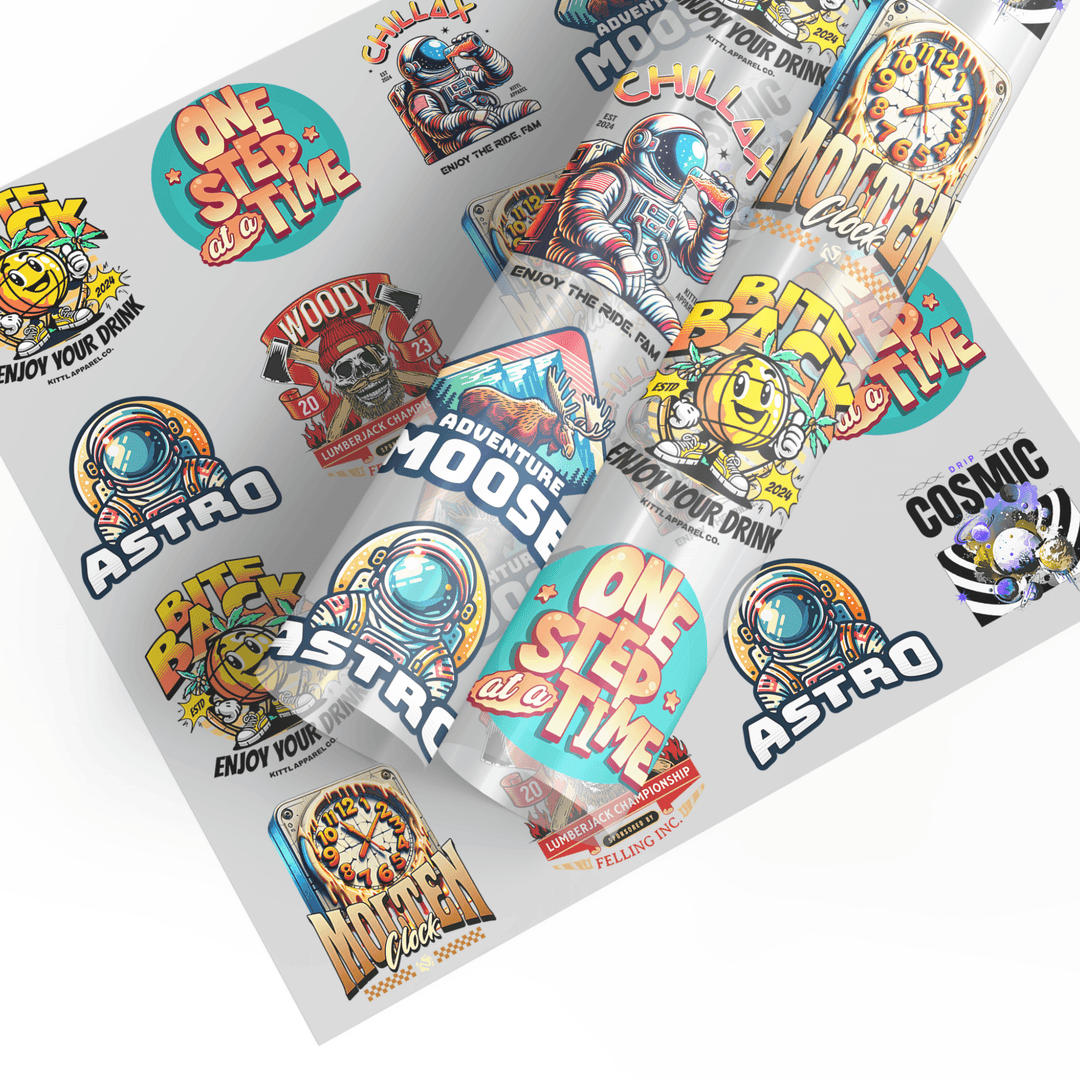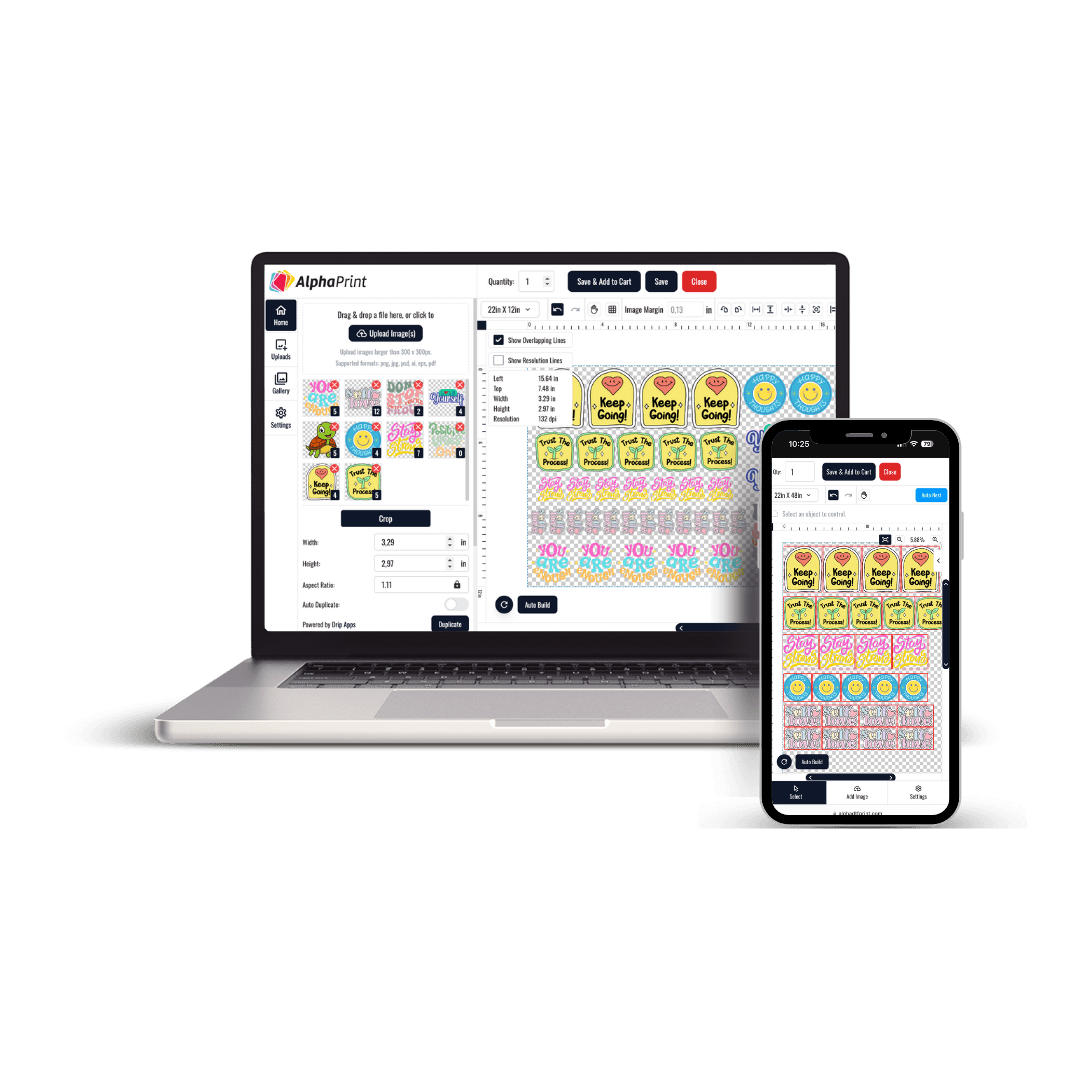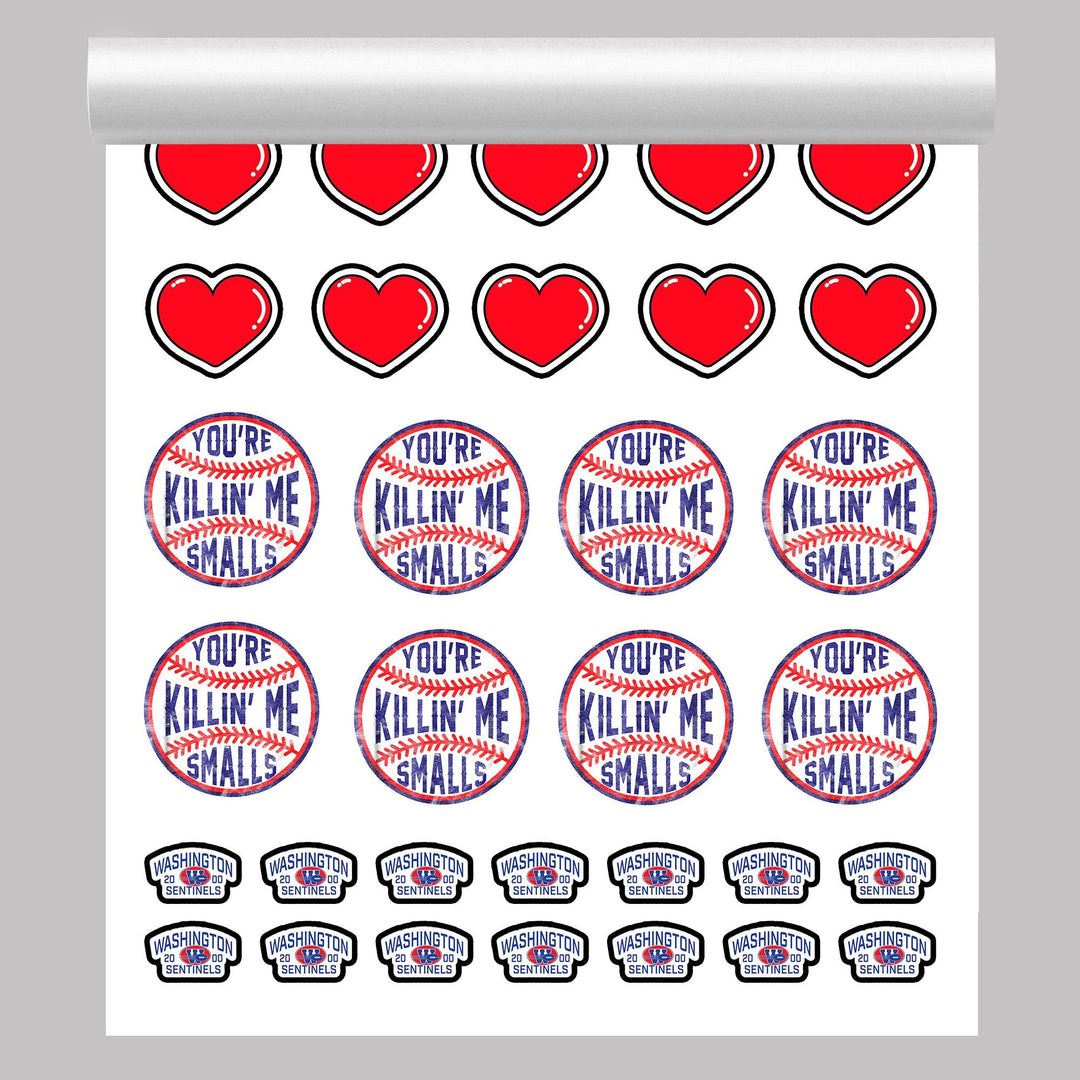DTF Gang Sheets Wholesale – High-Quality Bulk Transfers at Great Prices
Looking for DTF gang sheets wholesale to boost your printing business? Our bulk DTF gang sheets offer vibrant, durable, and ready-to-press heat transfers designed to maximize efficiency and reduce costs. Perfect for custom apparel brands, print shops, and wholesalers, these gang sheets allow multiple designs on one sheet, saving time and material.
Why Choose Wholesale DTF Gang Sheets?
-
Cost Savings: Bulk orders reduce your price per sheet, increasing profitability.
-
Multiple Designs: Print several graphics on one sheet to minimize waste.
-
High Quality: Sharp, full-color prints with excellent opacity and durability.
-
Versatile Use: Suitable for cotton, polyester, blends, and more.
-
Easy Application: Compatible with standard heat presses, quick and reliable.
Ideal For
-
Print-on-demand businesses
-
Small to large apparel brands
-
Promotional product manufacturers
-
Event merchandise producers
-
Custom clothing wholesalers
How to Order
-
Choose your gang sheet size and quantity.
-
Upload your artwork or select from available designs.
-
Approve the digital proof.
-
Receive your bulk gang sheets ready for pressing.
FAQ Highlights
-
Bulk pricing starts from 50 sheets.
-
Multiple artwork per sheet options available.
-
Shelf life up to 12 months with proper storage.
Frequently Asked Questions DTF Gang Sheets Wholesale
How can I improve efficiency when printing multiple designs?
By combining several designs onto a single printable film, you can significantly reduce material waste and printing time. This approach allows you to print multiple graphics in one run, optimizing your workflow and lowering costs.
What types of fabrics are compatible with this printing method?
This printing technique works well on a wide range of textiles, including cotton, polyester, and blended fabrics. The transfers adhere firmly and produce vibrant, durable prints suitable for everyday wear.
How should I prepare my artwork for printing multiple designs?
It’s best to provide high-resolution files, preferably in vector formats like AI, SVG, or PDF. Transparent backgrounds and properly sized images ensure sharp, clean prints. Using specialized layout software to arrange designs efficiently can further save time and resources.
What equipment is necessary to apply these transfers?
A heat press machine is recommended to achieve consistent heat and pressure for optimal adhesion. While home irons may work for small projects, professional-grade presses ensure long-lasting results and uniform prints.
How long does it take to complete a bulk printing order?
Production times vary depending on order size and complexity but typically range from 2 to 5 business days. Planning ahead and working with experienced suppliers can help meet tight deadlines.
What is the best way to store unused printed films?
Store them flat or loosely rolled in a cool, dry environment away from direct sunlight and humidity. Proper storage maintains print quality and extends shelf life until you are ready to use them.
How durable are these prints, and how should I care for them?
When applied correctly, prints are durable and can withstand many wash cycles without cracking or fading. Washing garments inside out on gentle cycles with mild detergents and avoiding bleach or harsh chemicals helps preserve the design.
Can different designs be printed on the same sheet?
Yes, it is possible to arrange multiple, varying designs on a single film sheet. This flexibility allows you to meet diverse customer needs, whether for small custom orders or a variety of product lines, all while optimizing material usage.
Are there limitations on the size or complexity of designs?
Most printers support a wide range of sizes, from small logos to larger graphics, depending on the film width. Complex, detailed designs with gradients and fine lines are also well-supported, making this method suitable for intricate artwork.
What software tools are recommended for preparing print layouts?
Specialized RIP (Raster Image Processor) software is commonly used to manage color profiles, design placement, and gang sheet layout. These tools help optimize film usage, ensure color accuracy, and streamline batch printing processes.






